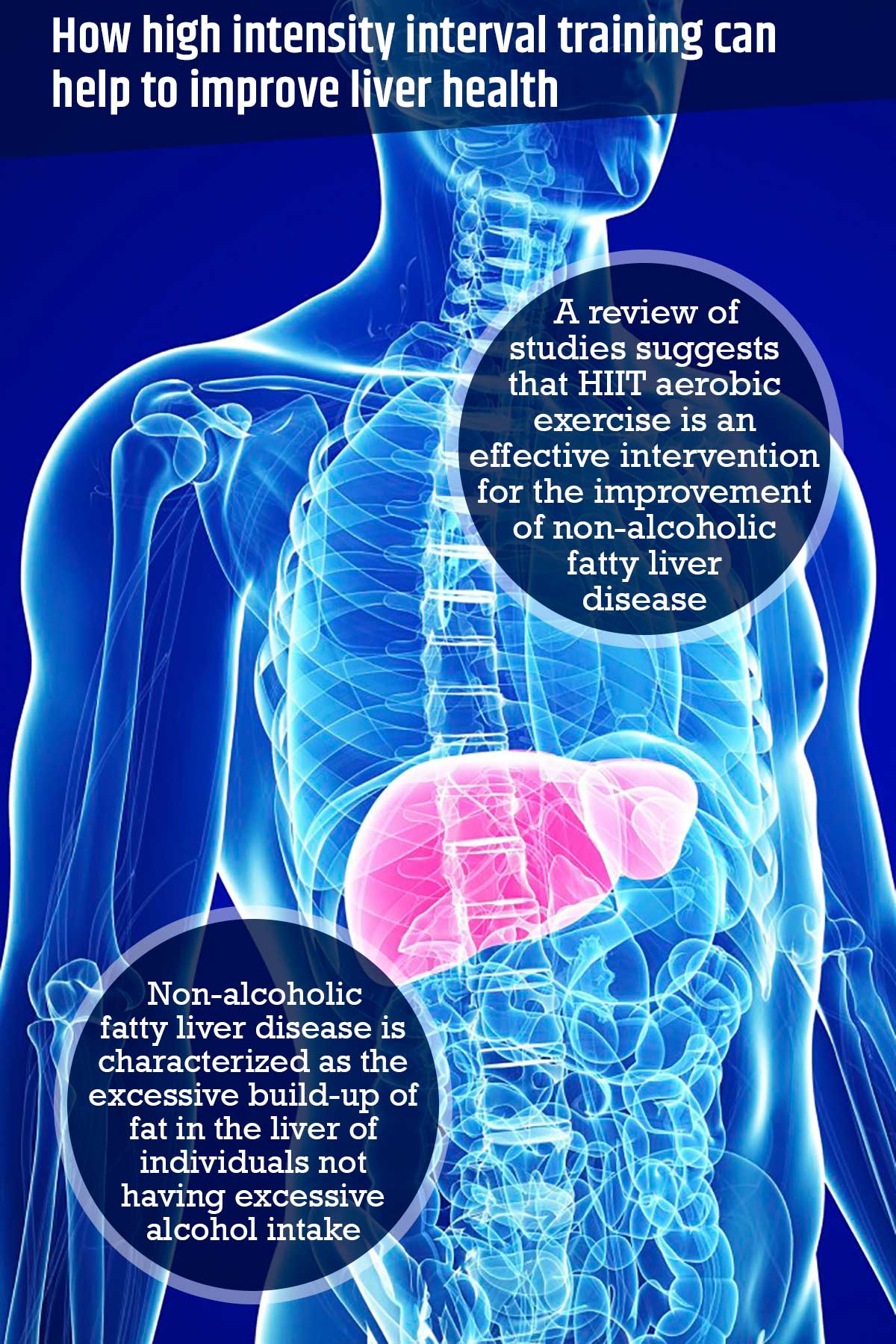A review of studies suggests that making use of either high-intensity interval training (HIIT) aerobic exercise or moderate-intensity continuous training (MICT) exercise are effective interventions for the improvement of non-alcoholic fatty liver disease.1✅ JOURNAL REFERENCE
DOI: 10.1210/clinem/dgab795
Non-alcoholic fatty liver disease is one of the most common diseases of the liver globally, affecting about 20-30% of the populace, and is characterized as the excessive build-up of fat in the liver of individuals not having excessive alcohol intake.
The growing burden of obesity and metabolic syndrome can be attributed to its high prevalence and the emergence of it as a serious health issue, and also the potential to lead to liver cancer and cirrhosis.
Because of the lack of effective treatments, lifestyle interventions focusing on weight loss remain the primary strategy for managing non-alcoholic fatty liver disease.
More than 28,000 studies were screened for the review, with 19 studies that involved 745 individuals included in the primary analysis.
The pooled analysis revealed that both HIIT and MICT led to a clinically significant reduction of liver fat in comparison to the control.
Also, HIIT workouts (characterized by rounds of high-intensity aerobic exercise alternating with rest intervals), were equally as effective in comparison to MICT workouts in reducing fat in the liver despite necessitating less time and energy.
Regular aerobic exercise is an important intervention for managing non-alcoholic fatty liver disease, regardless of whether it was HIIT or MICT, and could result in serious complications if left untreated. NAFLD is a predictor of metabolic disorders, closely associated with the severity and development of a variety of diseases like type 2 diabetes.
This review shows how important regular aerobic exercise can be as an effective therapy for individuals at risk of non-alcoholic fatty liver disease, with both HIIT and MICT shown to improve fat in the liver to comparable degrees.
It’s useful to know that the same results can be achieved as MICT by training harder in less time with HIIT, which is well suited for individuals with a busy lifestyle and not much time.
Another result of significance was that even if individuals didn’t exercise at sufficient volumes to meet the recommended physical activity guidelines, clinically significant improvements in liver fat could still be achieved as long as exercising on a regular basis above a moderate intensity.



